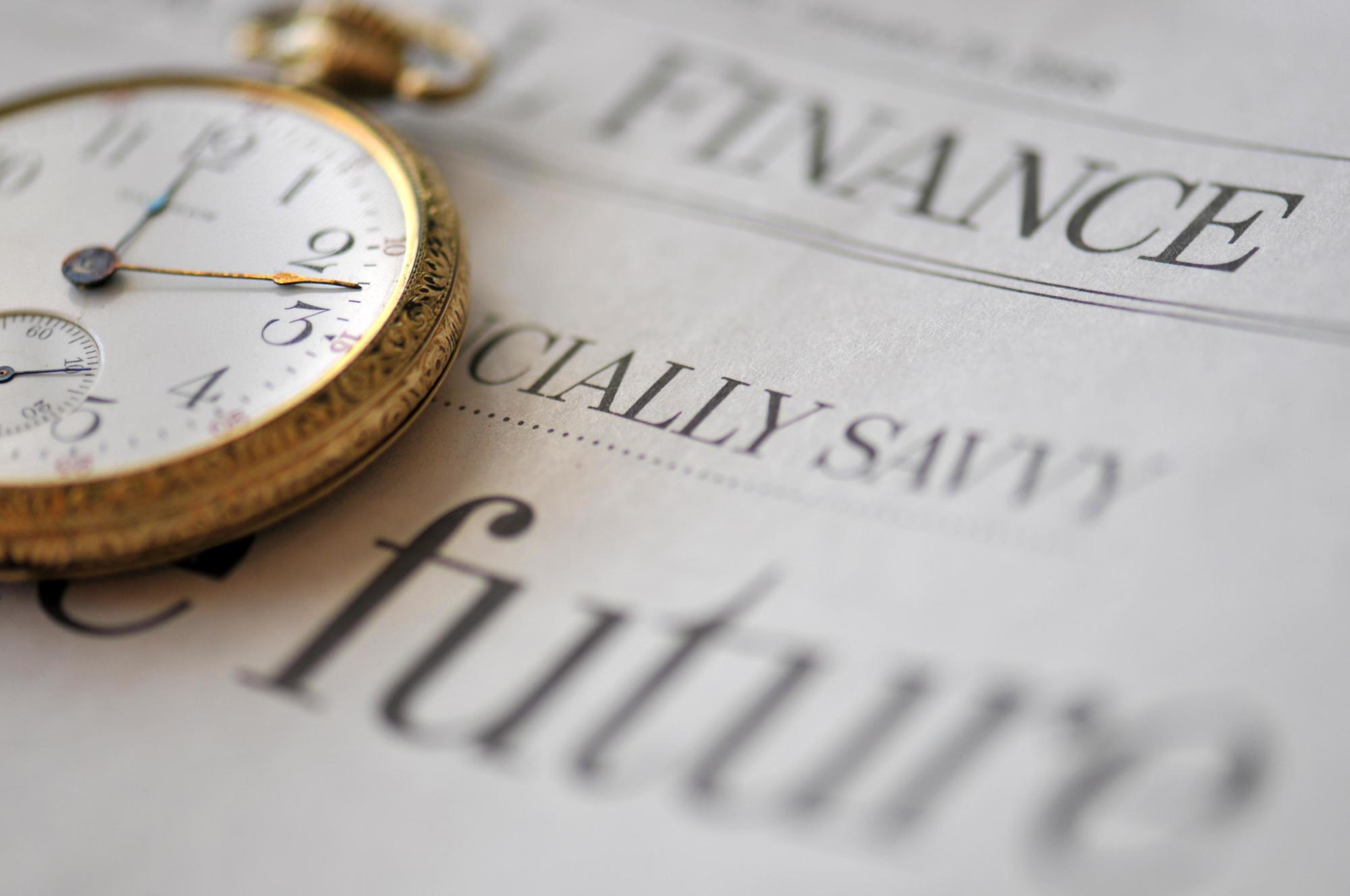
Article
Financing offshore wind
THE PRINCIPLES OF PROJECT FINANCE, 24 June 2011
With investments in the offshore wind sector set to increase from a few hundred million euros to tens of billions per year, the question of where the money will come from has been at the forefront of industry preoccupations. This article examines how equity investors and potential lenders look at the sector and in what ways they can be expected to contribute.
The market to date
Industry growth so far has largely been achieved by utilities, alone or in small partnerships, financing and building their own projects and keeping them on their balance sheet.
There are, however, other possibilities. “Non-utility” projects, undertaken by independent power producers (IPPs), may call on non-recourse debt financing from banks, particularly during the construction phase. As of end 2010, just over 10% of operational capacity (and a similar percentage of capacity under construction) had benefitted from non-recourse debt financing, with a smaller percentage having been refinanced through debt after completion.
A number of interesting conclusions may be drawn at this point. One is that there are alternative sources to utilities for investment in offshore wind. Another is that banks show willingness to take construction risk (via debt), preferably, so far, in non-utility projects. Meanwhile, financial investors (via equity) tend rather to seek a stake in already operational projects. These conclusions also point to the most likely routes for utilities looking for external sources of funding:
- recycling of project equity via the sale of (typically minority) stakes in operating projects; non-recourse financing of IPP projects prior to completion;
- non-recourse refinancing of “utility” projects once they are operational.
Jérôme Guillet co-founded Green Giraffe in 2010 and was a Managing Director until 2021.
